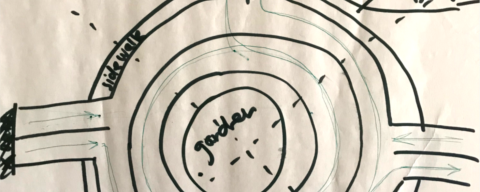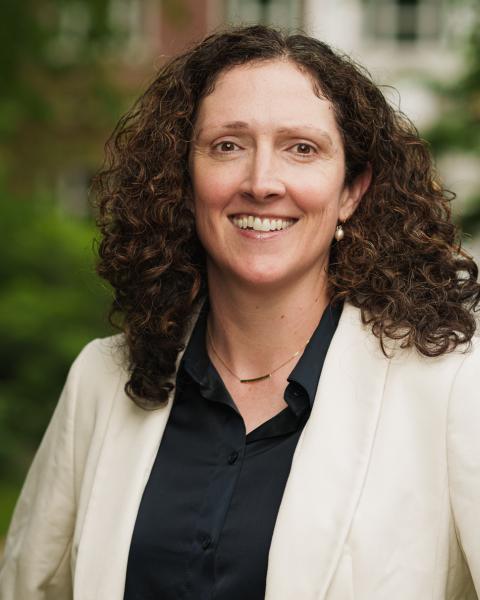UNH Students Learn and Apply Principles from the Nature Economy
What are externalities and why should we care? How can communities reduce negative externalities and increase positive ones? Students at UNH have been learning the answers to these important questions. Throughout the spring semester, I have been teaching an introductory level environmental and natural resource economics class to UNH undergraduates. Students are benefiting from learning about the applied research and programming our Community & Economic Development (CED) does with communities across NH. In a recent class, students in EREC 411 learned about externalities (a side effect of an activity that is either positive or negative but not captured in the product or service itself) and were challenged to think of creative ways to reduce negative environmental and social externalities in communities. Here is one student example of reducing traffic congestion in a challenging intersection while providing the positive benefits of accessibility and food and flora from a garden.

